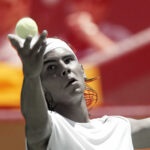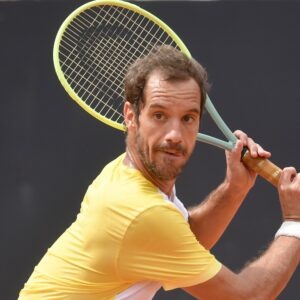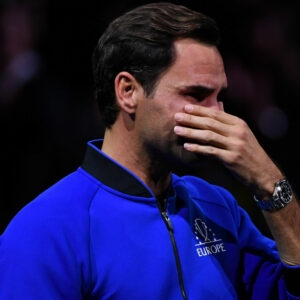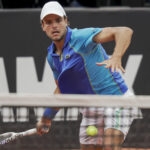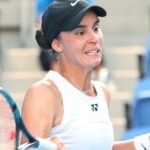April 15, 2005: The day Richard Gasquet ended Roger Federer’s 25-match winning streak
Every day, Tennis Majors looks back at the biggest matches in tennis history. On April 15, 2005, Richard Gasquet saved three match points in a deciding set tiebreak to upset the undisputed world No 1 Roger Federer
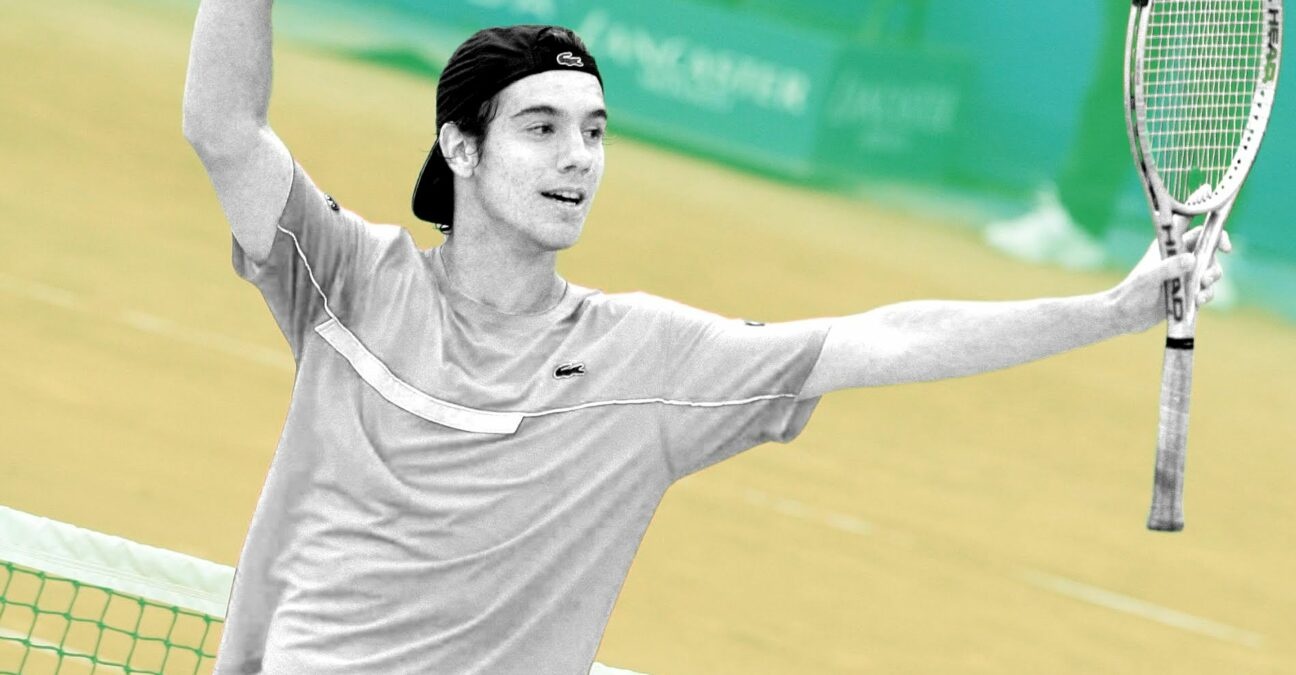 Richard Gasquet
Richard Gasquet
What happened exactly on that day?
On this day, April 15, 2005, 18-year-old Richard Gasquet scored a major upset at the Monte-Carlo Masters, defeating the undisputed world No 1 Roger Federer in the quarter-finals (6-7, 6-2, 7-6). The young Frenchman saved three match points to hand the Swiss his first loss since the Australian Open semi-finals, putting an end to Federer’s 25 match-winning streak.
The players involved: Richard Gasquet and Roger Federer
- Richard Gasquet: The great French hope
Richard Gasquet, the French prodigy, was born in 1986 and achieved fame in his homeland at the age of nine, when he made the cover of the French Tennis Magazine as “the champion that France is waiting for”. He made himself known to international tennis fans in 2002, when, aged 15 years and 10 months, after receiving an invitation for the Monte-Carlo qualifying event, he became the youngest player to ever qualify for an ATP Masters 1000 main draw.
Displaying a beautiful one-handed backhand, he went on to defeat Franco Squillari in the first round (7-6, 3-6, 7-5) before finally being defeated by world No 6 Marat Safin (6-4, 6-1). A few weeks later, Gasquet made his Grand Slam debut at Roland-Garros, when he lost in four sets against the eventual champion Albert Costa (3-6, 6-0, 6-4, 6-3). He broke into the top 100 for the first time the following year, and in 2004, he reached his first ATP final, in Metz (defeated by Jerome Haehnel). Even though he was already ranked No 107 in the world at the age of 18, many tennis fans, who expected him to break through at the elite level, were criticizing him. In April 2005, at the start of the Monte-Carlo Masters, he was ranked No 101 in the world.
- Roger Federer: The Swiss who was the undisputed best in the world
Roger Federer, born in 1981, had already been the undisputed world No 1 for over a year. In his early years, Federer had performed well and his game amazed the world of tennis with many proclaiming him as the future world No 1. Expectations grew even bigger when, at the age of 19, he defeated the seven-time Wimbledon champion, Pete Sampras, in the fourth round of The Championships in 2001 (7-6, 5-7, 6-4, 6-7, 7-5). However, young Federer was very emotional and didn’t cope very well with this pressure. Entering the top 10 in June 2002, his record in major events hadn’t matched his talent yet: in his first 16 Grand Slam appearances, he never made it past the quarter-finals. In July 2003, he finally began to live up to some of those lofty expectations as he claimed his first major title at Wimbledon, defeating Mark Philippoussis in the final (7-6, 6-2, 7-6).
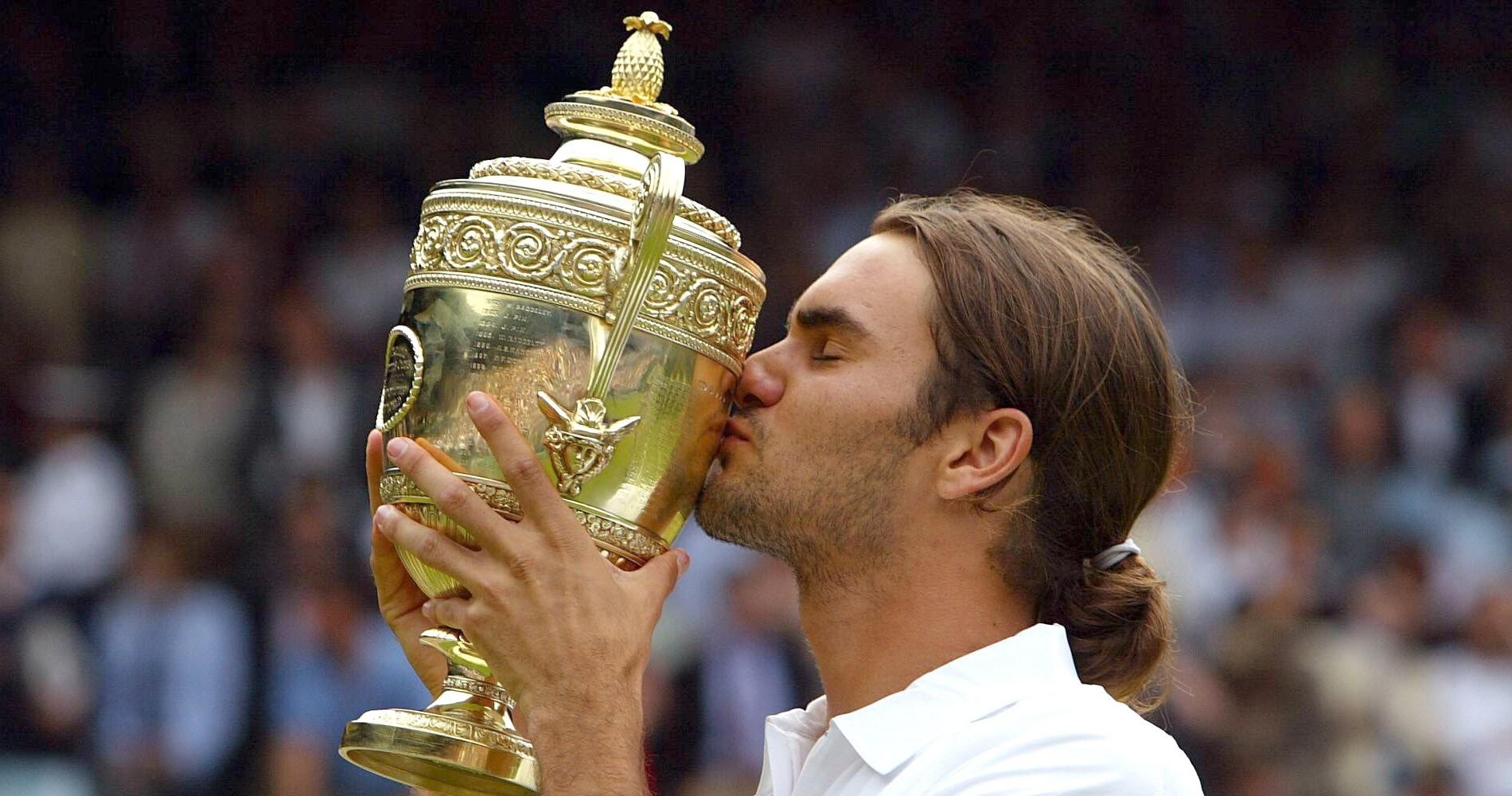
Federer’s confidence and his hold on the ATP Tour grew relentlessly, despite an early loss at the US Open. In the 2003 Masters Cup final, he delivered a masterclass to edge Andre Agassi (6-3, 6-0, 6-4), and even though he finished the year as world No 2, behind Andy Roddick, most of the pundits agreed that it was just a matter of time before he would reach the top spot. It happened in February 2004, after the Swiss claimed his first Australian Open title (defeating Marat Safin in the final, 7-6, 6-4, 6-2), and he dominated the game in the following months, triumphing at both Wimbledon (defeating Andy Roddick in the final, 4-6, 7-5, 7-6, 6-4) and the US Open, where he punished Lleyton Hewitt (6-0, 7-6, 6-0).
Federer finished the year in style, successfully defending his title at the Masters Cup (defeating Hewitt again, 6-3, 6-2). In the first few months of 2005, his only disappointment came at the Australian Open, where he was edged by Safin in the semi-finals, in one of the most exciting matches in the tournament’s history (5-7, 6-4, 5-7, 7-6, 9-7). After that, he won four consecutive tournaments, including the Indian Wells and Miami Masters 1000 events.
The venue: Monte-Carlo Country Club
Located at the top of the Rocher de Monaco, with a unique overview of the Mediterranean Sea, the Monte-Carlo Country Club has hosted one of the oldest international tennis tournaments since 1928. Usually considered to be the start of the European clay-court season, it is part of the ATP Masters 1000 category. Amongst its former champions, there was a long list of clay-court legends, including Bjorn Borg, Guillermo Vilas, Ivan Lendl, Mats Wilander, Sergi Bruguera, and Gustavo Kuerten.
The facts: Federer had three match points in the tiebreaker but Gasquet wins eventually
In April 2005, Gasquet was only 18 years old, but he already had a history at the Monte-Carlo Country Club. Three years earlier, at the same venue, defeating world No 54 Franco Squillari, he had become the youngest player to win an ATP match since Tommy Ho in 1988.
Even though he was only ranked No 101 in the world, “Richie” arrived at Monte-Carlo with more confidence than he ever had, having won back-to-back ATP Challenger titles in Barletta and Napoli. In his first two rounds, he defeated two Spanish clay-court specialists, Guillermo Garcia-Lopez (6-2, 6-0) and Felix Mantilla (7-5, 6-1). In the third round, he eliminated world No 16 Nikolay Davydenko (4-6, 7-5, 6-2) to set up a quarter-final clash with top-ranked Federer, who seemed almost invincible at the time.
On the day of Prince Rainier’s funeral, the Swiss started with an early break but it soon appeared that the young Frenchman had the skills to challenge him. Soon, the Monte-Carlo crowd watched with amazement as the youngster pushed Federer into a tiebreak, with his exquisite down-the-line backhands and spectacular volleys. However, when the world No 1 easily won the tiebreak, 7-1, the spectators probably thought that the brave Gasquet had probably missed his opportunity.
The Frenchman, however, started the second set even more aggressively, and, to the surprise of the crowd, outplayed the Swiss (6-2) before taking a 5-3 lead in the decider. At 5-3, Gasquet obtained his first match point, but he blew it by missing a forehand volley, and he saw Federer clawing his way back. In the deciding tiebreak, the world No 1 obtained three match points, at 6-5, 7-6, and 8-7, but failed to finish it off each time. Two points later, thanks to an incredible backhand passing shot, Gasquet converted his second match point to become the second player in 2005 to defeat the great Federer.
“He played great in the second and the beginning of the third,” Federer said, according to The New York Times. “He really played into this zone where you had the feeling there was no more you could do. That’s a bit how I felt, but I will have to play him more often to see how consistent he is, but he definitely played a great match today.”
15 years later, Gasquet would recall this match, for Eurosport:
“I was a little apprehensive (at the start). Deep down I was thinking: “Maybe he’s going to kick my ass”. Of course, I had a lot of respect, but as soon as the match started, he was an opponent like any other. (…) It was the match that made me really famous to the general public, after a difficult 2004 season in which I had struggled to meet the expectations around me.”
What next? Gasquet peaks at No 7 in the world and wins 16 ATP singles titles
In the semi-finals, Gasquet would face another rising teenage star, Rafael Nadal. After an epic battle, he would be defeated in three sets, 6-7, 6-4, 6-3. A few weeks later, in Hamburg, the young Frenchman would reach his first ATP Masters 1000 final, but this time, Federer would get his revenge, 6-3, 7-5, 7-6. At Roland-Garros, Gasquet would arrive with high expectations, but he would run into Nadal, the eventual champion that year, in the third round, and lose in straight sets (6-4, 6-3, 6-2). A few days later, the same Nadal would put an end to Federer’s bid for a first Roland-Garros crown, defeating the Swiss in the semi-finals (6-3, 4-6, 6-4, 6-3) and then beat Mariano Puerta in the final (6-7, 6-3, 6-1, 7-5).
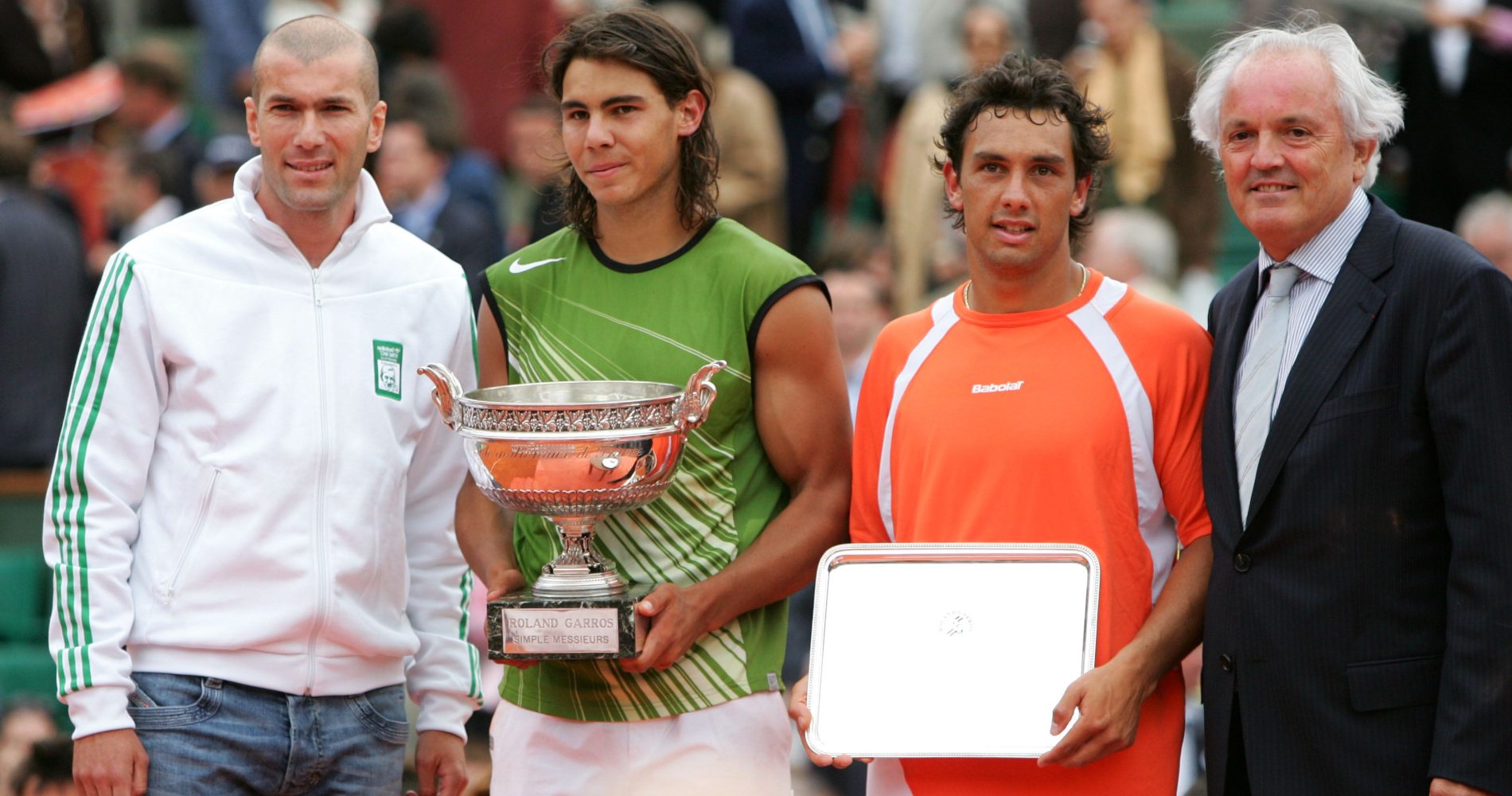
Despite his amazing results at such a young age, Gasquet would never be as successful as Federer or Nadal. He would still climb as high as No 7 in the world rankings, claim 16 titles and reach the semi-finals in three Grand Slam events, twice at Wimbledon (2007, 2015) and once at the US Open (2013).
Federer would go on to become one of the G.O.A.T.s in tennis history, becoming the first of the Big 3 – the others being Nadal and Novak Djokovic, to break Pete Sampras’ record of 14 Grand Slam singles titles. The Swiss would end his career with 20 Slams before a knee injury hastened him into retirement in September 2022.





